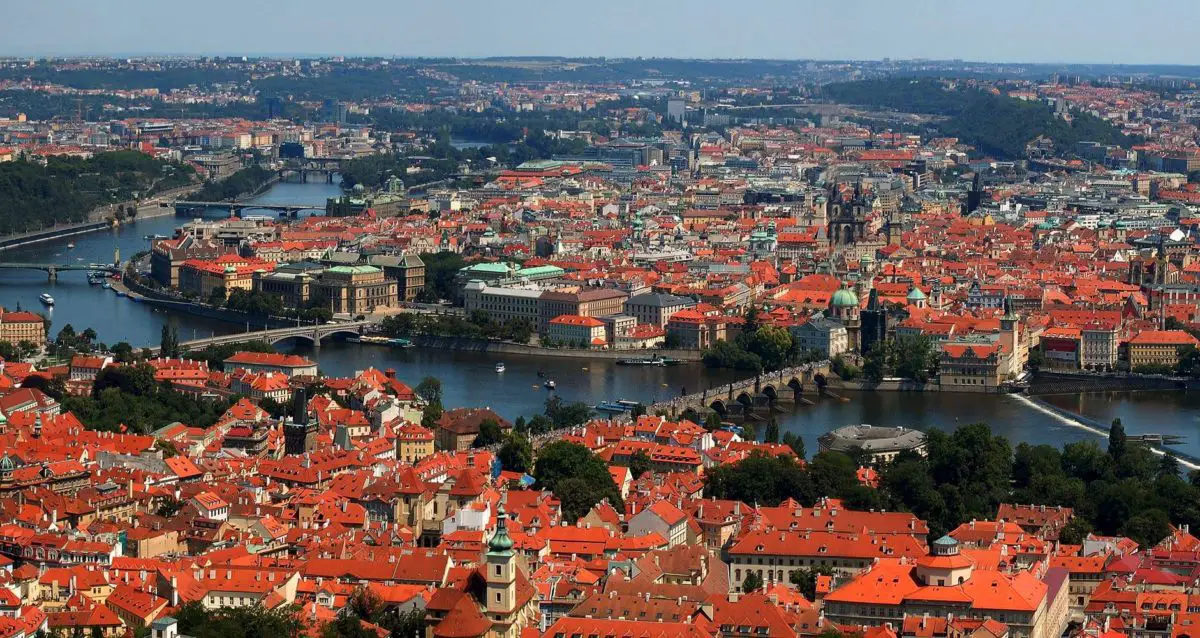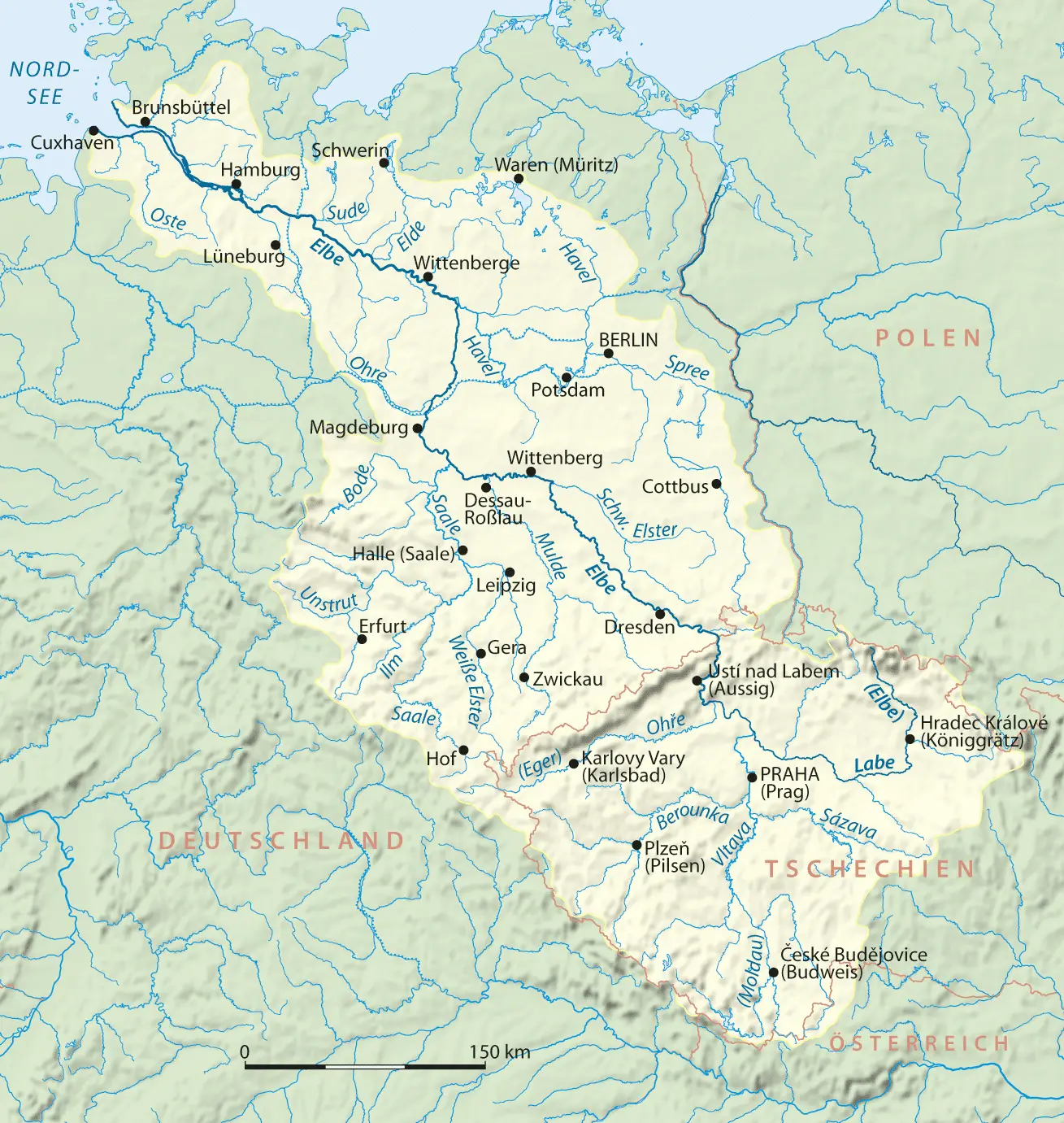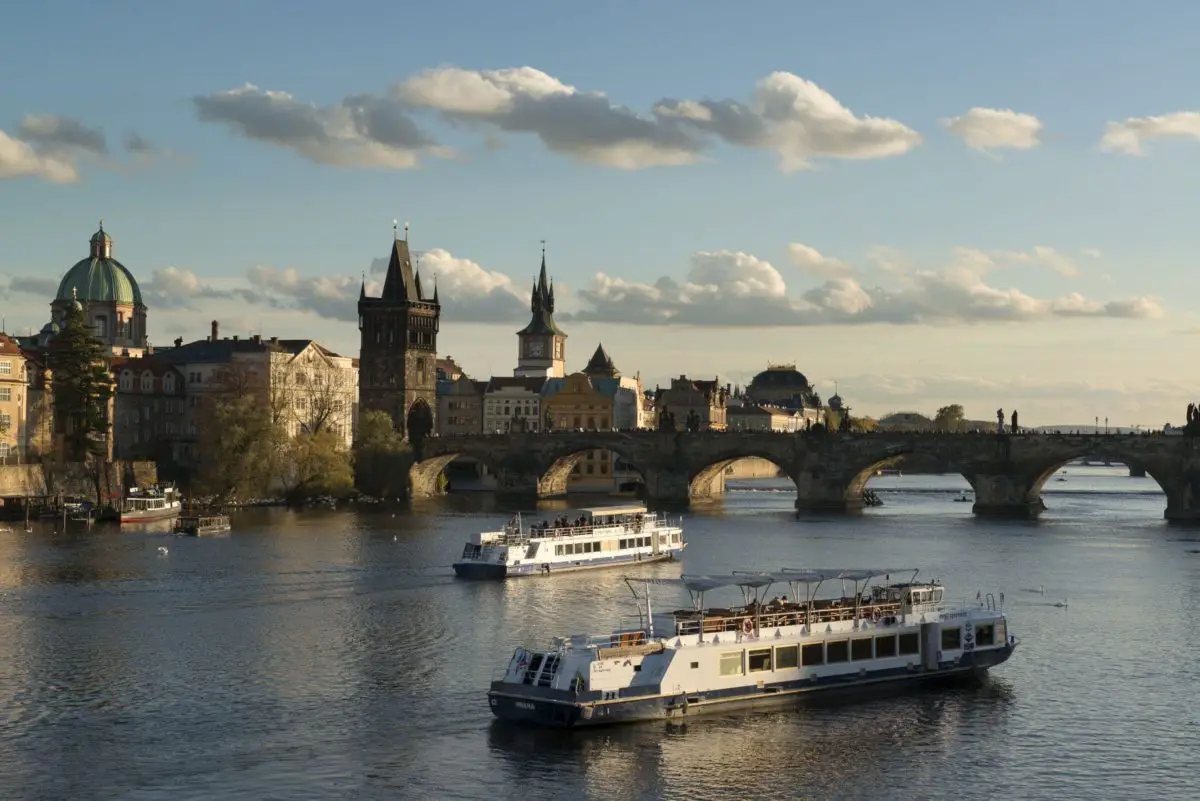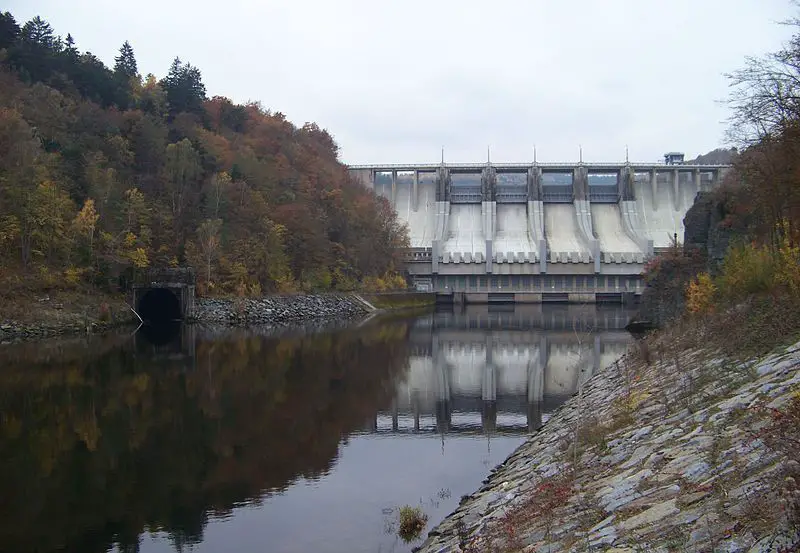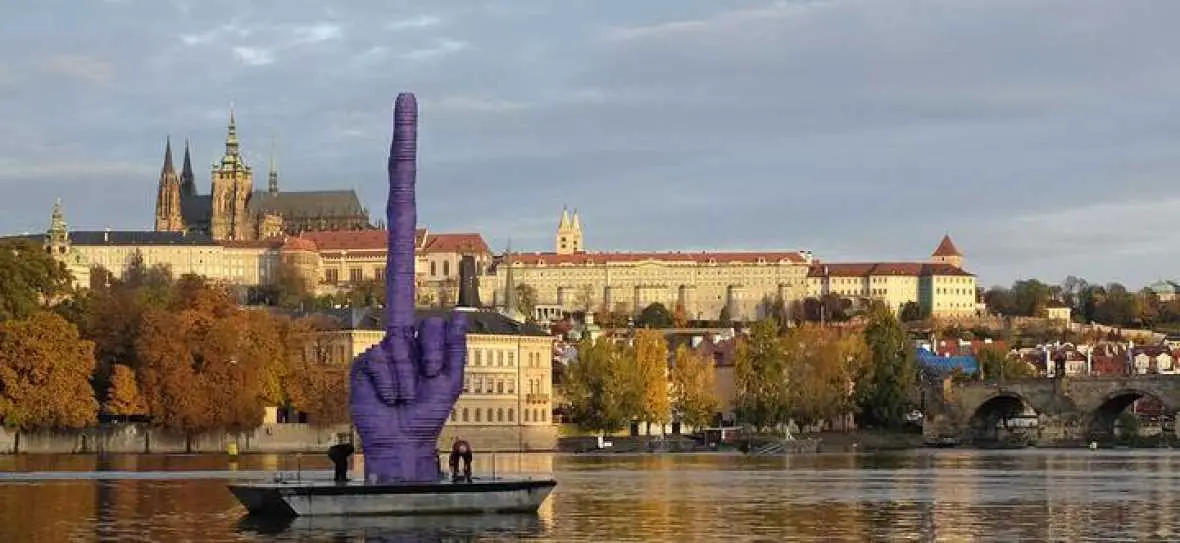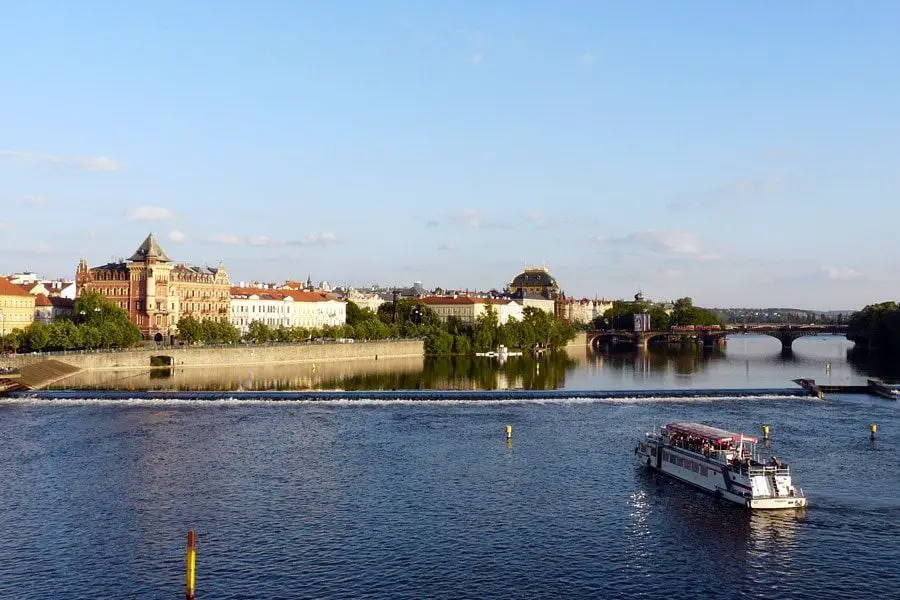If you want to know more about a majestic river, read the whole article and you will learn all about the Vltava, the largest river in the Czech Republic, which divides the capital city of Prague in two as it flows through it.
Map of the Vltava
The Vltava River in the Czech Republic is the longest river in the country, with a length of four hundred and thirty kilometres and a large catchment area of twenty-eight thousand square kilometres. The river is also known as Vltava in Czech, Moldau in German and Weltawa in Polish.
It flows through the southern Bohemian regions, through central Bohemia and through the famous city of Prague, the city of fashion.
Source and mouth of the Vltava
This abundant river has its source in the Bohemian Forest in the Czech Republic, of the cities that it visits the most emblematic is when it visits the city of Prague, when passing through this city it divides it in two and crosses it beautiful bridges that serve as connectors of both parts of the city.
Among the bridges that cross the Vltava River we have the most emblematic, the Charles Bridge, considered the oldest bridge in the city of Prague, it was built in the 15th century. This beautiful bridge is five hundred and sixteen metres long and about ten metres wide. It is one of Prague’s main attractions.
The Vltava ends its course in the Elbe at Mêlnik, although it flows so directly into the Elbe that they seem to be one and the same river. The Vltava has more water than the Elbe, but many people consider them to be one river and call it the Elbe-Vltava, with a total length of five hundred and thirty kilometres (see the article on the Vltava).
Along its course we come across the Slapy reservoir, built sixty-three years ago, where the hydroelectric power station operates. Thanks to this reservoir, the city of Prague no longer suffers from water and electricity shortages. In the past the river was used for transport, now it supplies water and electricity to the whole region, especially to the city of Prague.
This reservoir has other functions that it has acquired almost without being aware of it, it has worked to prevent floods, in 2002 the reservoir was not yet finished and the biggest flood in the history in twenty years took place, this helped to retain the water and that they did not suffer great consequences (see article: Arno River).
During its construction there were problems with the inhabitants of the area affected, but this was later resolved, and now it is the boats that are affected, as the dam acts as a barrier in their path, the only way to follow the course of the river is literally to be dragged by tractors to the other side of the dam and thus continue their journey.
The government has proposed to build a boat lift to solve this problem, so that everyone is happy, and it is estimated that this will be operational by 2020.
Another benefit of the reservoir is tourism and recreation. A large number of hotels and restaurants have sprung up in the area, and the arrival of tourists has brought new sources of employment and a large influx of money into the country from local and foreign tourists (see article: Ural River).
The Vltava River has served as a medium for political protest in a very special way: the sculptor David Cerny, known for his opposition to communism, left a gigantic sculpture in the middle of the river in front of the Prague Castle, the seat of the president, as a protest four days before the parliamentary elections of that year.
In an interview, the sculptor pointed out that the interpretation of his work was very clear and, above all, because of the place where it was placed, it was very relevant to the place to which it referred. His work is called La Peineta.
The Vltava has also inspired other artists, with the composer Bedrich Smetana dedicating a poem to the river in his work My Country, which is called the Vltava (see article: Dnieper).
Here is the video for you to enjoy this beautiful song, with relaxing instrumental music and a beautiful journey along the Vltava River from its source to its mouth.

